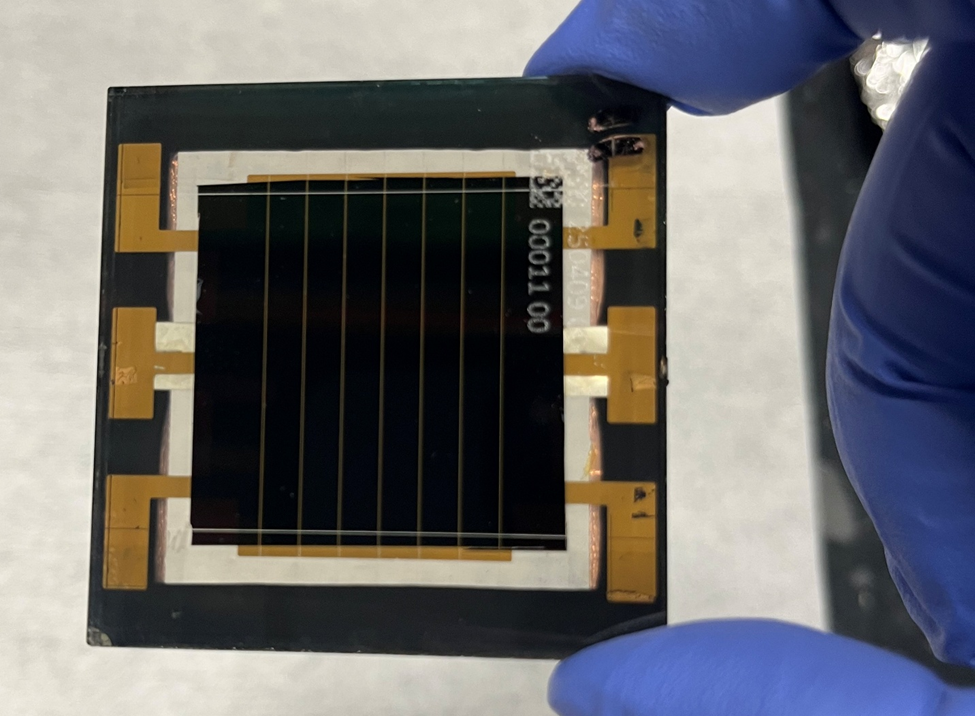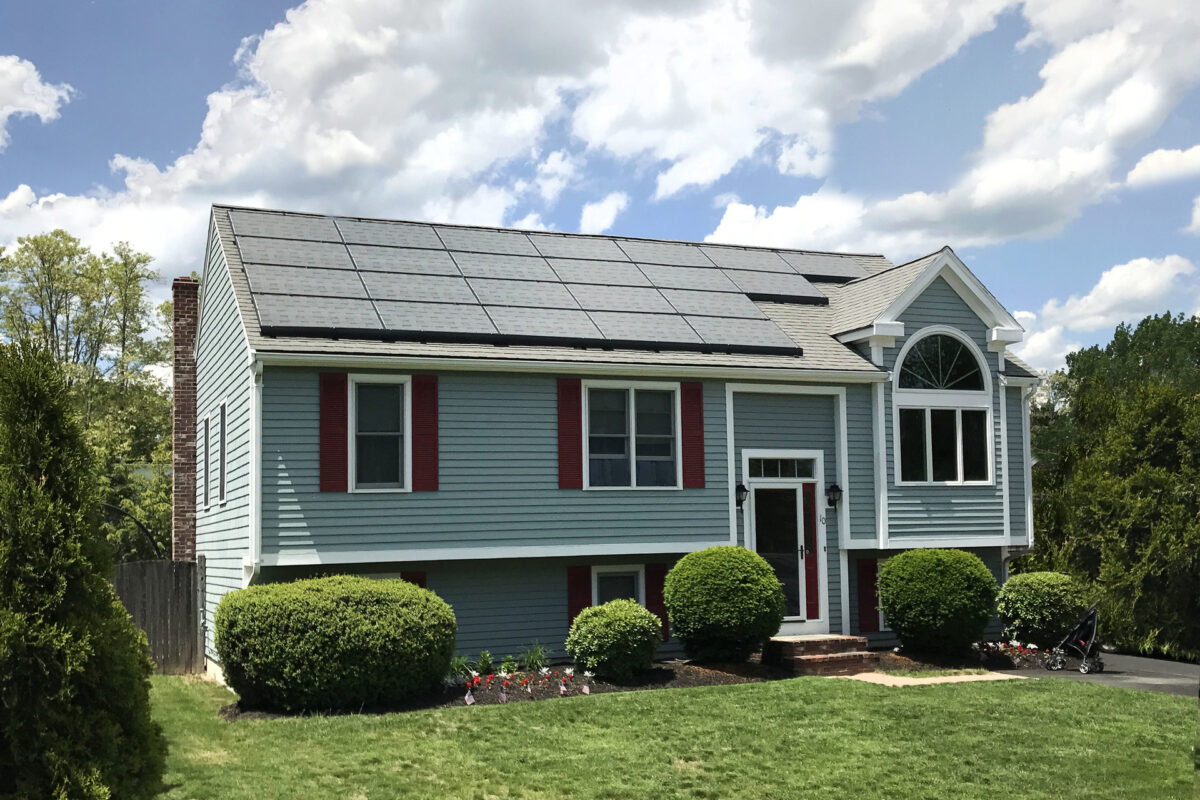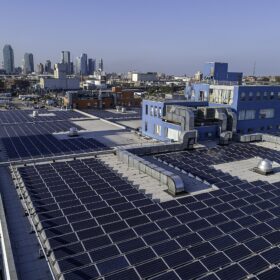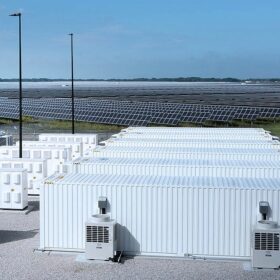The latest collaboration between the U.S. Dept of Energy’s National Renewable Energy Laboratory (NREL) and perovskite-silicon tandem manufacturer CubicPV, based in Bedford, Massachusetts, has yielded a perovskite minimodule with a certified efficiency of 24.0%.
The two noted that it is the first time a U.S. effort has set a record in the perovskite mini module category.
The certified 24% efficiency is a step up on the perovskite mini module record of 23.9% recorded in “Solar Cell Efficiency Tables (Version 66),” published by Progress in Photovoltaics, they noted in a statement
It is also an improvement on the efficiency of the 6 cm2 minimodule that NREL and CubicPV built in collaboration with researchers from the U.S., Saudi Arabia, and U.K., reported by pv magazine in May, which had a lab efficiency of 23% and less than 9% degradation after 2,200 hours of operation at 55 C.
CubicPV’s focus is on tandem solar devices, using perovskites on top of silicon to make a solar panel that captures more photons and continues to lower the cost of energy, while NREL’s focus is on advancing manufacturing, durability, and efficiency of perovskite-enabled tandems, according to NREL senior scientist Kai Zhu in a statement.
Learnings from the research collaboration will be transferred in-house, according to CubicPV’s Laureen Sanderson, chief communications officer. “The device has particularly high open circuit voltage and fill factor enabled by excellent defect passivation, and we’re evaluating methods to transfer this or derivative learnings to our scalable, durable baseline stack,” she told pv magazine.
“To transfer to our baseline, we require that the increases in efficiency also match or exceed current durability performance metrics under aggressive light/heat testing,” she explained.
CubicPV uses solution processing of the perovskite layer via slot die coating in its manufacturing process, according to Sanderson. Other layers of the cell are done with a mixture of solution and vapor deposition using established methods.
Regarding the potential applications of tandem perovskite-silicon solar PV, Sanderson said that the opportunity for tandem is massive and the world’s PV roadmap needs to look beyond the single junction limits that are being approached by today’s best silicon devices. “Tandem is the clear pathway for moving to the next level of efficiency and perovskite is the key enabler,” she stressed. “With module prices so low, the system cost is driven by efficiency and tandem is key to reducing these area-related costs.”
CubicPV has stability milestones coming soon. “Customers are keen to understand how accelerated testing can be used to accurately predict field performance. We have several outdoor installations underway. We are also deploying higher throughput hardware for accelerated indoor stress testing to build even larger volumes of data to accelerate the path to commercialization,” said Sanderson.
Its efforts will continue to focus on “leveraging U.S. technical leadership and collaborating with the top researchers in the world” towards scalable, commercially viable, and durable products.
This content is protected by copyright and may not be reused. If you want to cooperate with us and would like to reuse some of our content, please contact: editors@pv-magazine.com.








By submitting this form you agree to pv magazine using your data for the purposes of publishing your comment.
Your personal data will only be disclosed or otherwise transmitted to third parties for the purposes of spam filtering or if this is necessary for technical maintenance of the website. Any other transfer to third parties will not take place unless this is justified on the basis of applicable data protection regulations or if pv magazine is legally obliged to do so.
You may revoke this consent at any time with effect for the future, in which case your personal data will be deleted immediately. Otherwise, your data will be deleted if pv magazine has processed your request or the purpose of data storage is fulfilled.
Further information on data privacy can be found in our Data Protection Policy.